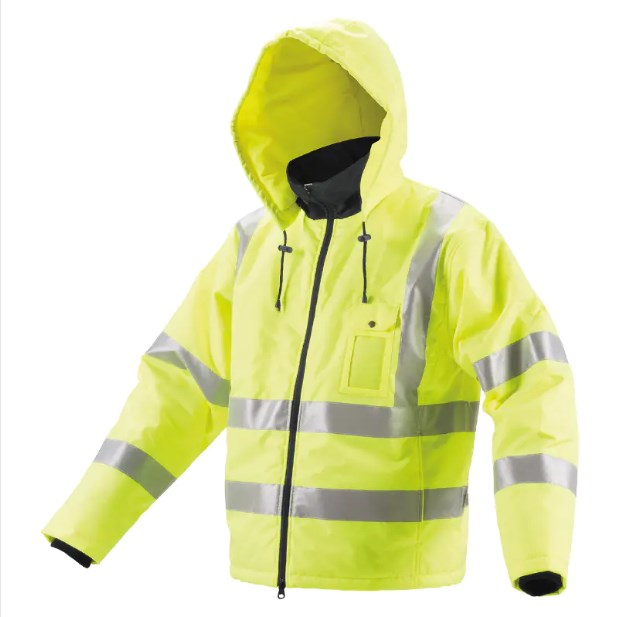What are the primary materials used in the construction of reflective clothing?

Reflective clothing plays a crucial role in enhancing safety in various environments, particularly during low-light conditions. The construction of reflective clothing involves the utilization of specific materials designed to increase visibility and reduce the risk of accidents.
One of the primary materials used in the production of reflective clothing is retroreflective fabric. This fabric contains tiny glass beads or micro prisms that reflect light back to its source, such as headlights from vehicles, significantly increasing visibility. Additionally, fluorescent materials are often incorporated into reflective clothing, which helps improve visibility during daylight hours by enhancing contrast against the background.
Reflective clothing enhances visibility in low-light conditions through a process called retroreflection. When light, such as from a vehicle's headlights, hits the reflective surface of the clothing, it bounces back towards the light source. This phenomenon makes the wearer more visible to drivers, cyclists, and pedestrians, reducing the likelihood of accidents, especially in areas with poor lighting.
The typical design features of reflective clothing include strategically placed reflective strips or panels. These strips are often located on the chest, back, sleeves, and legs to ensure visibility from all angles. Additionally, many reflective garments feature bright colors like neon yellow or orange, further increasing visibility during the day.
Reflective clothing is widely utilized in various contexts, including road construction, cycling, running, and outdoor recreational activities. In industries like construction and roadwork, workers wear reflective clothing to remain visible to passing vehicles, reducing the risk of accidents and injuries. Cyclists and runners also rely on reflective clothing to make them more conspicuous to drivers during early mornings, evenings, and nighttime.
Advancements in reflective technology continue to improve the effectiveness of reflective clothing. Manufacturers are constantly innovating to develop materials that are more durable, lightweight, and breathable while maintaining high levels of reflectivity. Additionally, there is a growing trend towards integrating reflective elements into everyday clothing, such as jackets, vests, and even accessories like backpacks and hats.
Regulations and standards govern the production and sale of reflective clothing to ensure quality and consistency. These standards often specify requirements for reflectivity levels, durability, and colorfastness, among other factors. Compliance with these standards is essential to guarantee the effectiveness of reflective clothing in enhancing safety.
- Art
- Causes
- Crafts
- Crypto
- Dance
- Drinks
- Defi
- Film
- Fitness
- Food
- Spellen
- Gardening
- Health
- Home
- Literature
- Music
- Networking
- Other
- Party
- Religion
- Shopping
- Sports
- Theater
- Wellness

